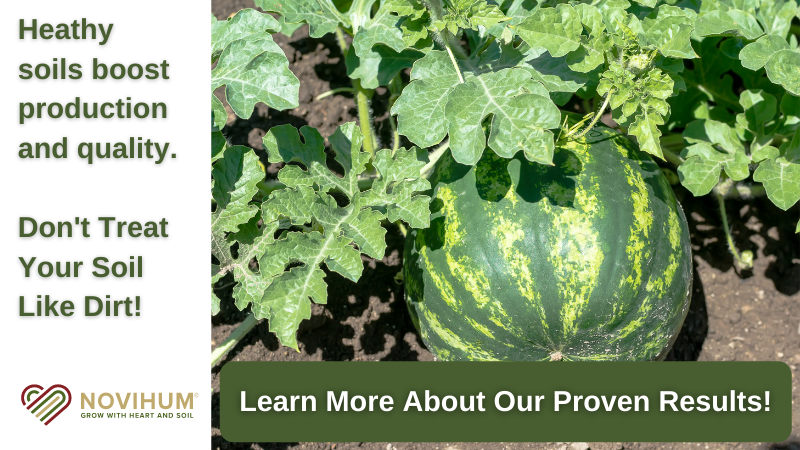Know the Dirt on Supreme Soils — Here Are Some Tips To Grow On
In the beginning, everyone interested in farmland asks about the soil. Mike Omeg notices this all the time. The Director of Operations at Orchard View Inc. in The Dalles, OR, admits to having done it himself early in his cherry-growing career.

Mike Omeg
“I’ve always thought it interesting, when observing folks as they’re looking at buying a new piece of ground, that they really focus on: How good is the soil? ‘Did you buy that place? Oh, is it good soil?’” Omeg says. “And then, after that, a lot of people have a tendency — me, in the past, included — to sort of forget about the soil and start growing their crops.”
That would be the first mistake. And maybe the biggest, according to Omeg.
“The outcome that you have as a grower, it’s absolutely linked with soil health as the best indicator of what that soil’s potential is for generating a crop and revenue for you as a farmer,” he says.
With that in mind, Omeg, who leads an Orchard View team that farms 3,500 acres of cherries, offers his top tips on maintaining ideal soil health in the tree fruit orchard.
TIP #1: Out of sight ≠ out of mind
Foremost, Omeg asks growers to think about their soil as much as they think about the plants growing in it.
“If you have sick plants, you’re going to have sick soil. And if you have sick soil, you’re going to have sick plants,” Omeg says. “Their fate is the same fate.”
Too frequently farmers focus only on what is going on above the ground because that is the one thing they can see, he says.
TIP #2: Take a) good advice and b) ownership of it
As simplistic as it might sound, healthy plants will make healthy soils, Omeg says. “It’s the truth,” he notes. “In my experience, it really is.”
For growers new to that view, Omeg admits they might think it sounds like a “wild, crazed idea.”
“It’s really easy to say, ‘Healthy plants make healthy soils.’ Anybody can say that. You can write that down,” he says. “But to actually be able to do it and get it done in an economic way and make money and have results from it for your business, that’s where I actually love the challenges that are involved with this.”
TIP #3: Mother Nature who?
Ground cover is a tree fruit issue that Omeg “fights all the time,” he says, because he needs weed-free strips of soil to successfully irrigate with sprinklers.
“The soil wants to be covered. Ground doesn’t like to be bare,” he says.
So, who is going to cover it and how?
“Mother Nature will find a way to cover bare soil, and that’s usually with weeds,” Omeg says. “I don’t like weeds — and I truly say they ARE weeds because they interfere with my irrigation, and they oftentimes can out-compete my crop.”
A common school of thought, according to Omeg, is that growers need to cover everything with plants.
“But I can’t do that in a practical way and still get my irrigation done with current technology,” he says.
For more of the conversation with Mike Omeg, read the full article as part of our special Global Insight Series report on Soil Health.
In addition, check out the previous reports in Meister’s Global Insight Series covering a range of topics from Biocontrols to Irrigation Innovations to Agricultural Technology.










